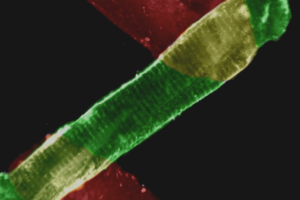Myogenic behavior, prevalent in resistance arteries and arterioles, involves arterial constriction in response to intravascular pressure. This process is often studied in vitro by using cannulated, pressurized arterial segments from different regional circulations. We propose a comprehensive model for myogenicity that consists of three interrelated but dissociable phases: 1) the initial development of myogenic tone (MT), 2) myogenic reactivity to subsequent changes in pressure (MR), and 3) forced dilatation at high transmural pressures (FD). The three phases span the physiological range of transmural pressures (e.g., MT, 40-60 mmHg; MR, 60-140 mmHg; FD, >140 mmHg in cerebral arteries) and are characterized by distinct changes in cytosolic calcium ([Ca2+]i), which do not parallel arterial diameter or wall tension, and therefore suggest the existence of additional regulatory mechanisms. Specifically, the development of MT is accompanied by a substantial (200%) elevation in [Ca2+]i and a reduction in lumen diameter and wall tension, whereas MR is associated with relatively small [Ca2+]i increments (<20% over the entire pressure range) despite considerable increases in wall tension and force production but little or no change in diameter. FD is characterized by a significant additional elevation in [Ca2+]i (>50%), complete loss of force production, and a rapid increase in wall tension. The utility of this model is that it provides a framework for comparing myogenic behavior of vessels of different size and anatomic origin and for investigating the underlying cellular mechanisms that govern vascular smooth muscle mechanotransduction and contribute to the regulation of peripheral resistance.
Myogenic tone, reactivity, and forced dilatation: a three-phase model of in vitro arterial myogenic behaviorionoptix2019-10-22T18:24:59-05:00






